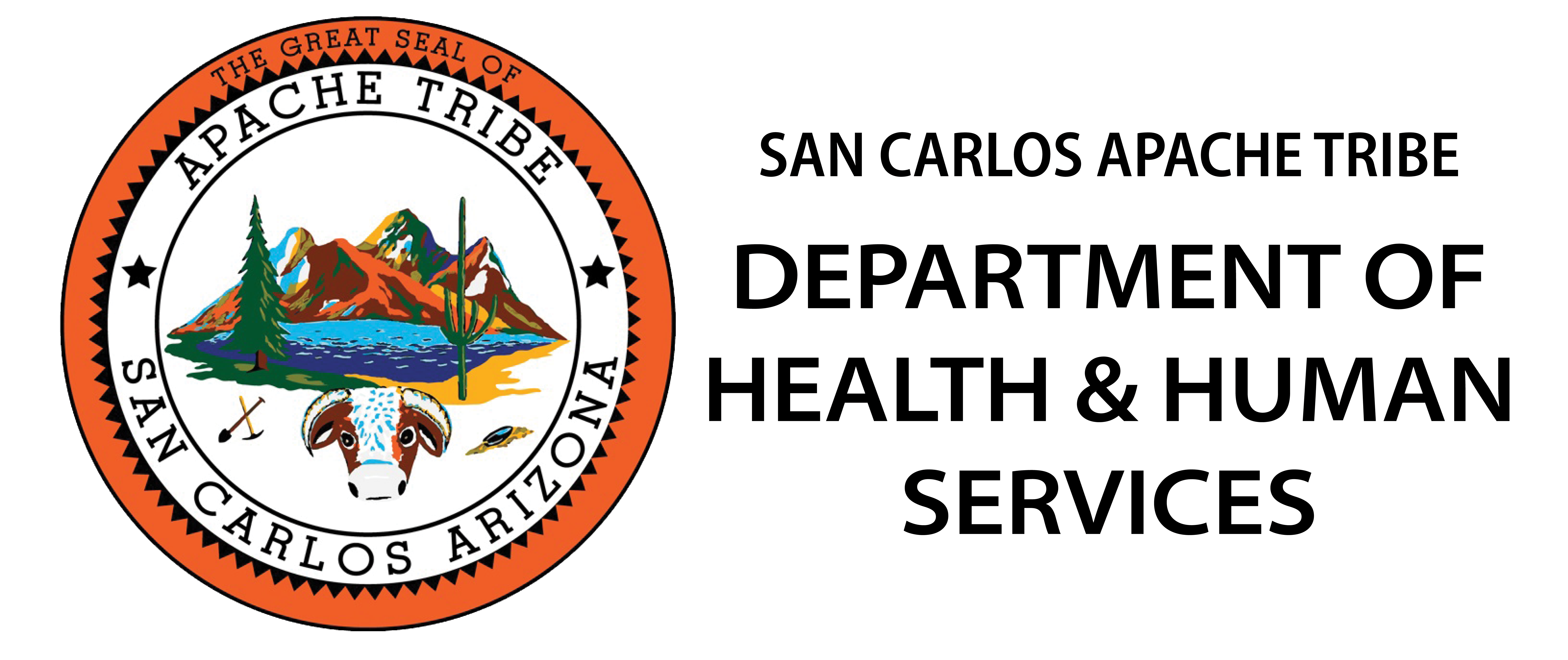Diabetes
Diabetes and American Indians/Alaska Natives
- American Indian/Alaska Native adults are almost three times more likely than non-Hispanic white adults to be diagnosed with diabetes.
- In 2018, American Indians/Alaska Natives were 2.3 times more likely than non-Hispanic whites to die from diabetes.
- In 2017, American Indians/Alaska Natives were twice as likely to be diagnosed with end stage renal disease than non-Hispanic whites.
What is diabetes?
Diabetes is a chronic (long-lasting) health condition that affects how your body turns food into energy.
Your body breaks down most of the food you eat into sugar (glucose) and releases it into your bloodstream. When your blood sugar goes up, it signals your pancreas to release insulin. Insulin acts like a key to let the blood sugar into your body’s cells for use as energy.
With diabetes, your body doesn’t make enough insulin or can’t use it as well as it should. When there isn’t enough insulin or cells stop responding to insulin, too much blood sugar stays in your bloodstream. Over time, that can cause serious health problems, such as heart disease, vision loss, and kidney disease.
There isn’t a cure yet for diabetes, but losing weight, eating healthy food, and being active can really help. Other things you can do to help:
- Take medicine as prescribed.
- Get diabetes self-management education and support.
- Make and keep health care appointments
Types of Diabetes
There are three main types of diabetes: type 1, type 2, and gestational diabetes (diabetes while pregnant).
Type 1 Diabetes
Type 1 diabetes is thought to be caused by an autoimmune reaction (the body attacks itself by mistake). This reaction stops your body from making insulin. Approximately 5-10% of the people who have diabetes have type 1. Type 1 diabetes can be diagnosed at any age, and symptoms often develop quickly. If you have type 1 diabetes, you’ll need to take insulin every day to survive. Currently, no one knows how to prevent type 1 diabetes.
Type 2 Diabetes
With type 2 diabetes, your body doesn’t use insulin well and can’t keep blood sugar at normal levels. About 90-95% of people with diabetes have type 2. It develops over many years and is usually diagnosed in adults (but more and more in children, teens, and young adults). You may not notice any symptoms, so it’s important to get your blood sugar tested if you’re at risk. Type 2 diabetes can be prevented or delayed with healthy lifestyle changes, such as:
- Losing weight.
- Eating healthy food.
- Being active.
Gestational Diabetes
Gestational diabetes develops in pregnant women who have never had diabetes. If you have gestational diabetes, your baby could be at higher risk for health problems. Gestational diabetes usually goes away after your baby is born. However, it increases your risk for type 2 diabetes later in life. Your baby is more likely to have obesity as a child or teen and develop type 2 diabetes later in life.
Prediabetes
In the United States, about 98 million adults—more than 1 in 3—have prediabetes. More than 8 in 10 of them don’t know they have it. With prediabetes, blood sugar levels are higher than normal, but not high enough for a type 2 diabetes diagnosis. Prediabetes raises your risk for type 2 diabetes, heart disease, and stroke. But there’s good news. If you have prediabetes, a CDC-recognized lifestyle change program can help you take healthy steps to reverse it.

